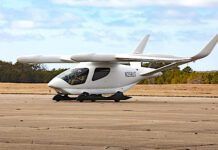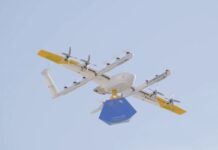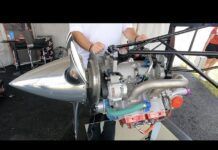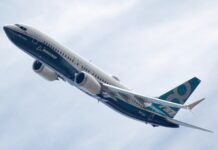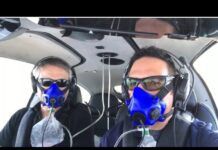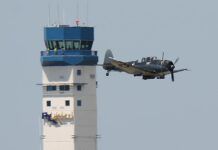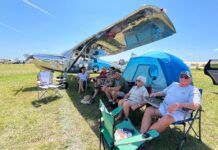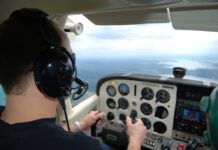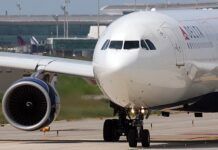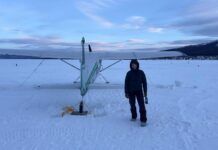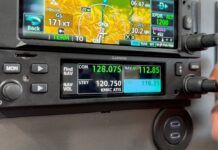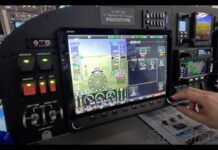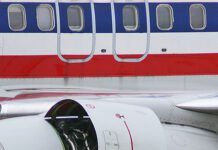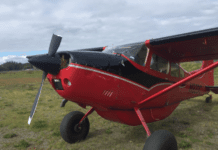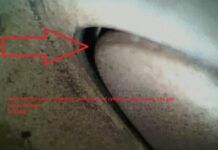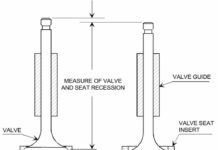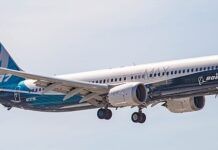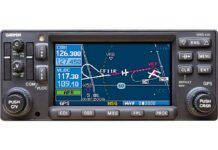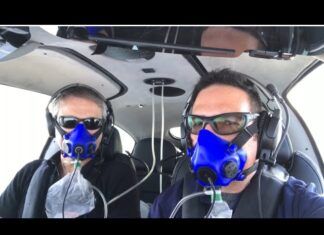
AVweb’sGeneral Aviation Accident Bulletinis taken from the pages of our sister publication,Aviation Safetymagazine, and is published twice a month. All the reports listed here are preliminary and include only initial factual findings about crashes. You can learn more about the final probable cause in the NTSB’s website atwww.ntsb.gov. Final reports appear about a year after the accident, although some take longer. Find out more aboutAviation Safetyatwww.aviationsafetymagazine.com.
December 2, 2017, Plato Center, Ill.
Pulsar 912XP Experimental
The pilot reported attempting to activate the airport’s pilot-controlled lighting (PCL) system, but was unsuccessful. He continued toward the airport and, while maneuvering for a landing, he lost sight of the airport. The pilot continued to descend, however, and the airplane sustained substantial damage when it impacted a fence adjacent to the runway at around 1650 Central time. The private airport’s owner reported the PCL does not receive signals from the southeast, due to obstructions. The accident airplane was approaching from the southeast.
December 3, 2017, Thomasville, Ga.
Piper PA-34-200T Seneca II
At about 1520 Eastern time, the airplane was substantially damaged while landing. The commercial pilot and three passengers were not injured. Visual conditions prevailed. After an uneventful flight, the pilot extended the landing gear but the left main gear did not indicate down and locked. The pilot cycled the landing gear three times, and then utilized the manual landing gear extension procedure, with no changes. Aerial observation of the landing gear by airport personnel indicated all three landing gear appeared to be down. On touching down, the left main gear collapsed, the airplane turned 90 degrees to the left and came to a stop on the runway. Examination revealed the left main landing gear was partially extended and inside the gear well. Structural damage to the left wing was confirmed.
December 4, 2017, Rockford, Ill.
Beech Model C90 King Air
The airplane impacted terrain short of the runway at about 1802 Central time. The private pilot and one passenger sustained serious injuries while two passengers sustained minor injuries. The airplane was substantially damaged. Visual conditions prevailed.
The flight requested a local IFR clearance as it neared the destination and the pilot was cleared for a visual approach to Runway 19. As the airplane approached the airport, the pilot requested the Runway 25 lights be turned on and the airplane was subsequently cleared to land on Runway 25. The airplane impacted terrain before the Runway 25 threshold. At 1754, recorded weather at the airport included winds from 190 degrees at 18 knots, gusting to 25.
December 4, 2017, Rio Oso, Calif.
Beechcraft Model A36 Bonanza
At about 0720 Pacific time, the airplane made an emergency landing to an open field after the solo airline transport pilot noted an onboard fire. The pilot received minor injuries; the airplane sustained substantial damage. Visual conditions prevailed. The pilot later stated he had started a descent to his destination when he saw a flickering light underneath the instrument panel. Realizing it was a fire, he reduced power and made an intentional gear-up forced landing to a field. The airplane landed in a plowed field and came to rest about 250 feet from its initial touchdown point after rotating 150 degrees to the left. After the pilot exited the airplane, it burst into flames.
December 5, 2017, Brewton, Ala.
Piper PA-28-180 Cherokee 180
The airplane was substantially damaged during a forced landing at about 1400 Central time. The private pilot and passenger were not injured. Visual conditions prevailed. While en route on an IFR flight plan, ATC cleared the flight to descend from 8,000 feet MSL to 4,000. Subsequently, the engine experienced a total loss of power, and the pilot notified ATC he was diverting. Due to a strong headwind, the airplane was not able to glide to the nearest runway, so the pilot attempted to land in a field. During the landing approach, the airplane collided with tree tops and landed hard. During the roll-out, the airplane contacted a fence post, which damaged the right wing. Examination revealed damage to the landing gear, fuselage, firewall and right wing leading edge. The left-wing fuel tank, which was undamaged, contained approximately 20 ounces of fuel. The right-wing fuel tank was breached and leaking but was approximately half-full. The fuel selector valve was positioned on the left fuel tank.
December 5, 2017, Glendale, Ariz.
Piper PA-34-200T Seneca II
At about 1835 Mountain time, the airplane was substantially damaged during a runway excursion after landing. The flight instructor and a commercial pilot were not injured. Visual conditions prevailed. Both pilots reported that the left wing dipped during landing roll. Despite their control inputs, the airplane veered to the left side of the runway, collided with a runway sign and came to a stop in a grassy area. The left main landing gear had collapsed during the landing sequence.
This article originally appeared in the September 2018 issue ofAviation Safetymagazine.
For more great content like this,subscribe toAviation Safety!




